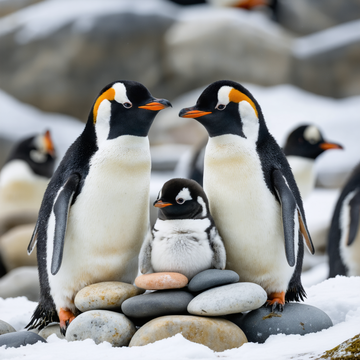Hello everyone. Today, I want to share an exciting topic that seems simple at first glance but is actually quite challenging. It's called the "Traveling Salesman Problem."
Imagine you are a new salesman. Your boss tells you to visit 10 cities and return as quickly as possible. You open a map, pick up a pen, and then freeze.
"Uh, should I go here first... or maybe there..."
This seemingly trivial dilemma has puzzled mathematicians and computer scientists for decades.
The Traveling Salesman Problem (TSP) is essentially this:
- There are multiple cities.
- You must visit each city exactly once.
- You must return to the starting point.
- You need to find the route with the shortest total distance.
It sounds simple, right? But here's where it gets interesting.
Let's say you need to visit 15 cities. Do you know how many possible routes there are?
Over 40 billion!
If a human could calculate one route per second, it would take more than 12 years to go through all the routes—without any breaks!
This phenomenon, known as "combinatorial explosion," makes the TSP an "NP-hard" problem, meaning it's not easily solvable even by computers.
You might wonder, "Who would bother solving such a difficult problem?" Actually, this problem is constantly being solved in our daily lives.
- Delivery routes for couriers
- Optimization of manufacturing processes
- Route planning for GPS navigators
These are all applications of the TSP.
Since finding the perfect solution is tough, scientists have developed methods to quickly find "good enough" solutions.
- Dynamic programming: Building the solution step by step from smaller parts.
- Simulated annealing: Inspired by the process of slowly cooling heated metal.
- Genetic algorithms: Mimicking the process of biological evolution.
Isn't it fascinating? Solving problems by drawing inspiration from natural phenomena.
The Traveling Salesman Problem is not just a mathematical puzzle. It holds the key to efficient logistics, energy-saving manufacturing processes, and comfortable travel planning. It can improve our lives in many ways.
Next time you look at a map, try to see it differently. It might hold unsolved mysteries and opportunities for new discoveries.
Why not find your own "Traveling Salesman Problem" and take on the challenge?










